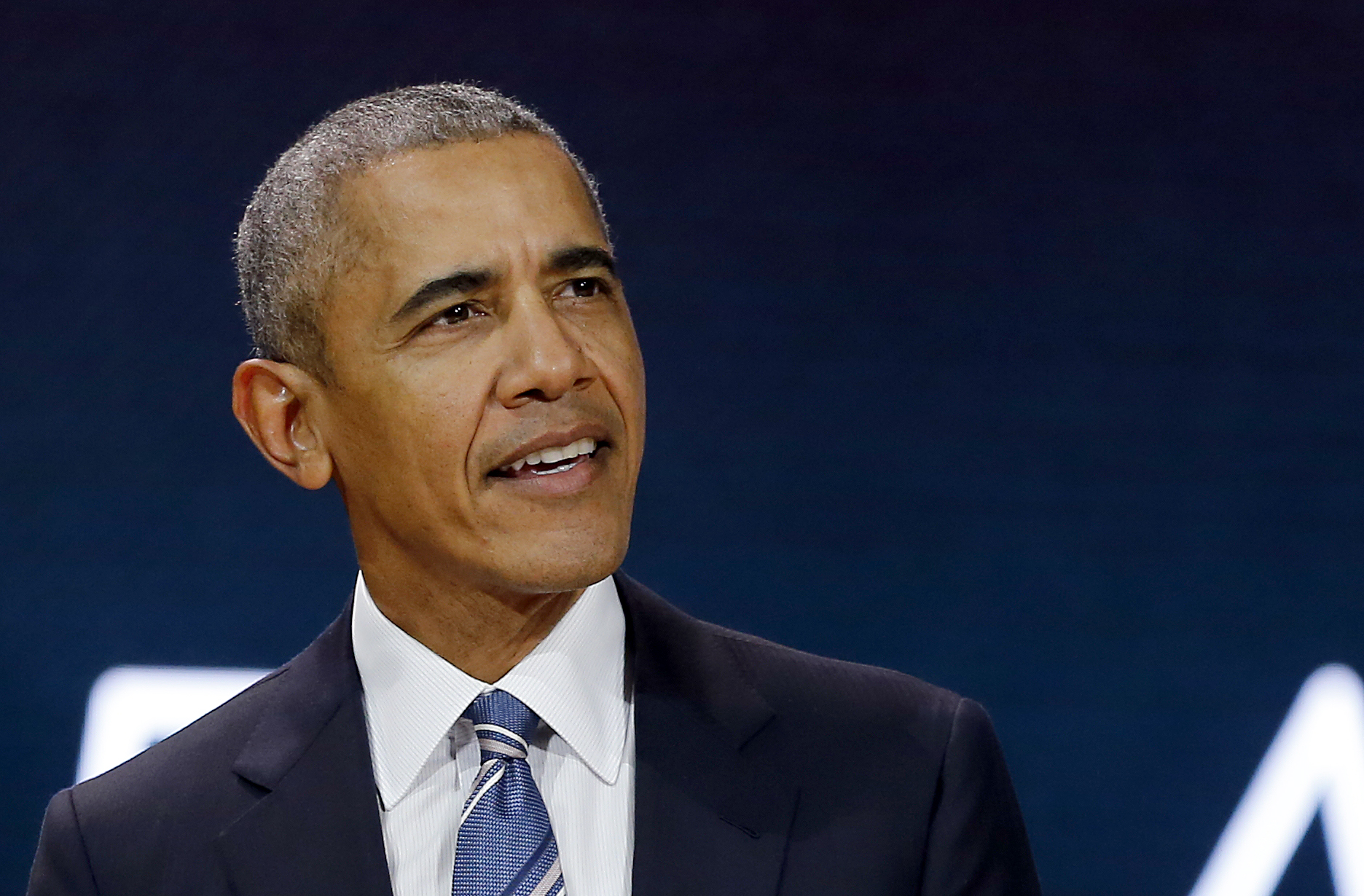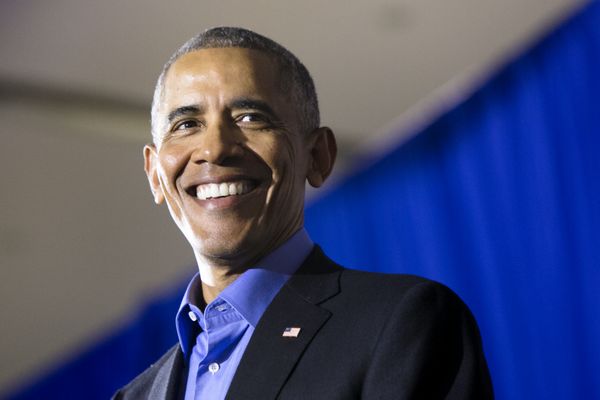Face Match¶
The face detection api compares faces in two different pictures and tells the similarity between them. A typical use of this is matching identity documents with pictures of a person.
Example
Here we shall compare two pictures of obama


import requests
image_data1 = open("test-image6.jpeg","rb").read()
image_data2 = open("test-image7.jpg","rb").read()
response = requests.post("http://localhost:80/v1/vision/face/match",files={"image1":image_data1,"image2":image_data2}).json()
print(response)
Result
{'similarity': 0.73975885, 'success': True}
Here we shall compare a picture of Obama with that of Bradley Cooper


import requests
image_data1 = open("test-image6.jpeg","rb").read()
image_data2 = open("test-image8.jpg","rb").read()
response = requests.post("http://localhost:80/v1/vision/face/match",files={"image1":image_data1,"image2":image_data2}).json()
print(response)
Result
{{'similarity': 0.4456827, 'success': True}
As seen above, the match for two different pictures of Obama was very high while the match for Obama and Bradley Cooper was very low.
Performance
DeepStack offers three modes allowing you to tradeoff speed for peformance. During startup, you can specify performance mode to be , “High” , “Medium” and “Low”
The default mode is “Medium”
You can speciy a different mode as seen below
sudo docker run -e MODE=High -e VISION-FACE=True -v localstorage:/datastore \
-p 80:5000 deepquestai/deepstack
Note the -e MODE=High above